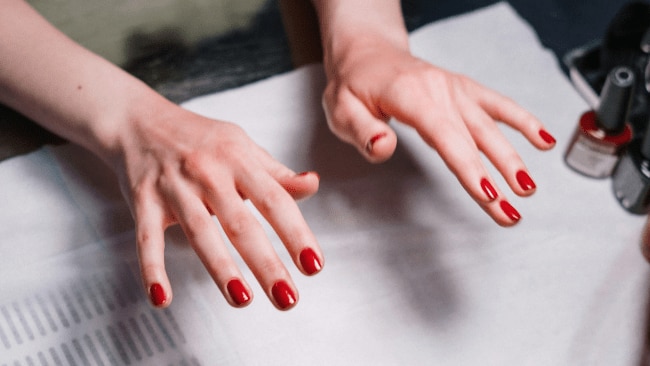Echizen in Fukui is Japan's best new bullet train destination
Until now, this little-visited area of Japan has barely registered on tourist itineraries. Now a new shinkansen route is set to see all that change.
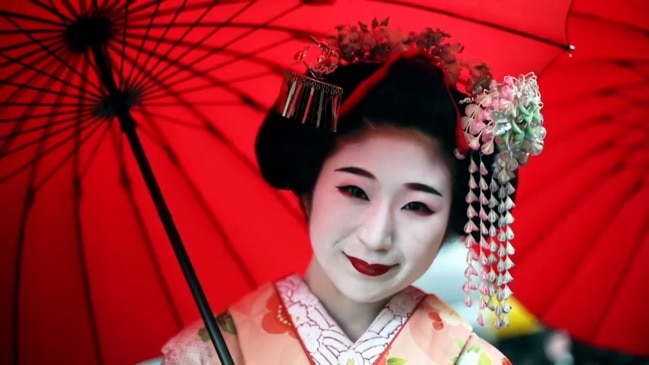
Lifestyle
Don't miss out on the headlines from Lifestyle. Followed categories will be added to My News.
Serene, picturesque, with a richness of greenery, gourmet food, hands-on experiences, and temples and shrines as magically beautiful as those in Kyoto – it’s easy to believe that Fukui consistently ranks number one in Japan’s yearly happiness rankings. Surprisingly, though, Fukui – around three hours west of Tokyo – is Japan’s second-least visited prefecture.
Don’t expect that statistic to remain, though. With a new Shinkansen (bullet train) line to Echizen in Fukui having opened this March, foreigners are set to discover its creative and contemplative heritage.
For centuries, residents of Echizen, composed of villages of artisans, have taught their children creative skills and a deep-rooted philosophy of living mindfully. When I joined locals for in-the-moment, hands-on experiences – zazen meditation, preparing sushi, creating knives and turning plants into paper – the monks, chefs and numerous artisans expressed gratitude for the teachings of their ancestors and gods.
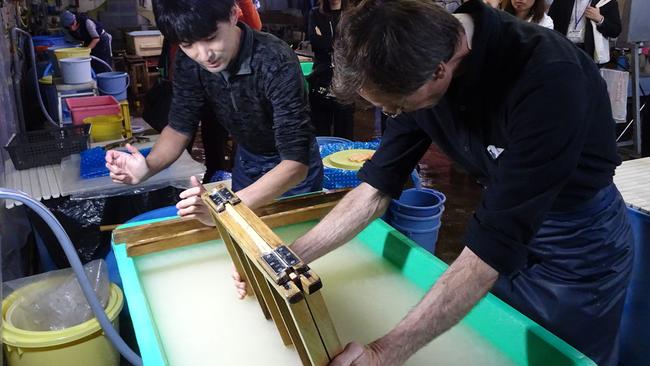
Okamoto Otaki Shrine is where residents of Echizen Washi (traditional handmade paper) Village worship Kawakami Gozen, their goddess of paper. As I walked through the greenery, the shrine seemed like a vision of ancient Japan. Towering trees, stone lanterns and praying people exuded serenity. Locals built the shrine in gratitude to their goddess who, legends say, appeared to teach papermaking to villagers about 1500 years ago.
Many villagers still hand-produce washi as their ancestors did. Some climb nearby mountains to harvest papermaking plants. Others grow them in family gardens. At the Udatsu Paper & Craft Museum, I watched artisans transform branches, grasses and flower plants into artworks. They stripped bark, boiled plants, pounded fibres, produced a glutinous substance from roots, pressed patterns, and followed other steps their forebears taught.
Echizen washi has been appreciated for centuries. In the 17th century, the government used Echizen’s paper for money. Local tourism officials say that Picasso, and even Rembrandt, worked with Echizen washi.

Paper artists at the nearby Ryozo Yanase Washi Paper Mill create traditional washi and innovative and luxurious paper products. Bedrooms at Echizen’s Hakujukan hotel feature their beautiful, abstract paper artwork, and visitors to the mill can take part in paper-crafting experiences and leave with their own artwork.
The hotel blends traditional art, wellness experiences and cuisine with a deep immersion into Soto Zen Buddhism. Describing itself as “an inn close to Zen”, this luxurious, temple-like hotel has certified Zen concierges who completed training at Eiheiji Temple. Three concierges explain Zen in English, Japanese, or Chinese, and they take guests to join monks in morning services, light incense, and try sitting meditation at Eiheiji. On rare days, when the temple does not offer Zazen (seated) meditation, the concierges facilitate meditation in the hotel’s wood-scented, garden-facing, tatami-floored meditation room.
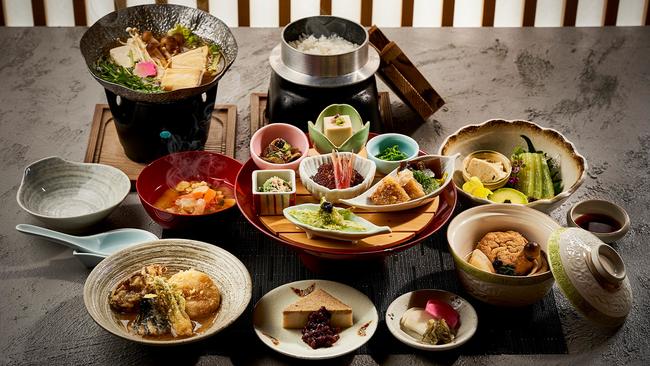
The hotel serves guests a vegetarian breakfast, shojin ryori, prepared following centuries-old Buddhist teachings. After the wholesome but gourmet breakfast, I strolled up a cobblestone path along the banks of a sparkling creek to Eiheiji Temple to try seated meditation. Monk Dogen Zenji established the remote mountain temple in 1244. Since then, countless generations of Eiheiji-trained Buddhists have spread the teachings worldwide.
Before entering the meditation hall, a monk coached us on the basic postures, breathing rhythms and what to cease doing. The Soto Zen Buddhist Association says Soto Zen Buddhism encourages awareness of the mind as a means of living mindfully in all areas of daily life. Following the monk’s instructions, I tried not to concentrate or control my thoughts, which was more difficult than expected.
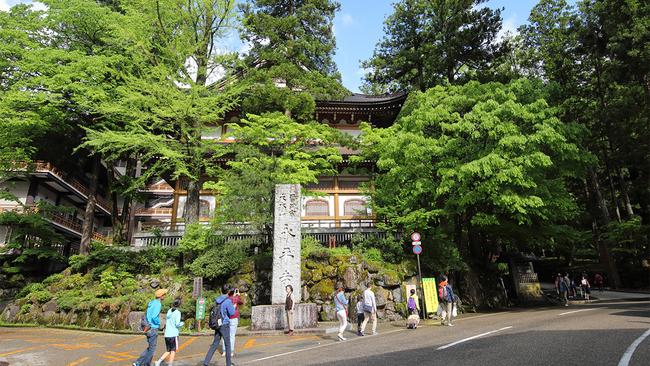
Afterwards, while touring the vast, ancient temple, I felt a pleasant mix of calmness and excitement. Eiheiji impressed me more than most temples, shrines and numerous World Heritage sites I have visited in four decades of travelling Asia. It seemed like a living time capsule as I strolled over foot-polished hallways connecting seven main wooden buildings full of historic sculptures and paintings, and immaculate gardens. Japan’s largest Buddhist training temple, there are usually about 100 ascetic monks and trainees working in the temple offices, chanting, training and cleaning the grounds.
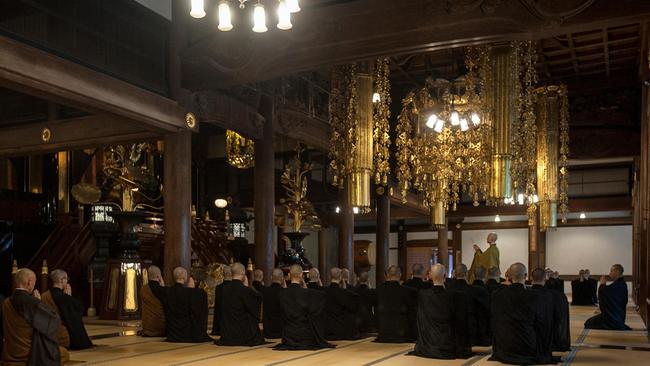
Besides nourishing our spirits, we fed our bodies with Michelin Plate sushi at Echizen’s tiny Sushi Toyo. My party of a dozen people packed the shop for a sushi-making and feasting event as Sushi Toyo’s family greeted us with loud cries of “Irasshaimase” (welcome). The current master, in his 60s, inherited the restaurant from his father. His wife is his equal partner. Their 20-ish son is the future top chef.
Half of us stood at the counter for a sushi lesson while the others watched and photographed. With continuous laughter and gentle encouragement, the family instructed us to apply the neta (seafood ingredients) onto our amusing renditions of hand-pressed shari (vinegared rice). Restraining my impulse to lick my sticky fingers was difficult.
After our lesson, the family spoiled us with a feast beyond my expectations. The colour and taste combinations of sushi and sake had us loudly oohing and aahing. My favourites included tiny balls of minced brown shiitake riding the backs of pinkish-red shrimp, yuzu-flavoured charcoal-seared bonito tuna, and snow-white crab flesh sprinkled with orange crab eggs. The masters artfully prepared the feast with knives birthed in Echizen’s Takefu Knife Village.

The next day, we dropped in to the Ryusen Factory & Store in the Takefu Knife Village, which has 700-plus years of knife-making history. We met Koji Masutani, running the family business his grandfather founded. Masutani told us award-winning Japanese chefs competing at the international Bocuse d’Or culinary competition in Europe used his knives. When half the judges took his knives home, his story attracted the world’s attention.
Each gleaming knife in the gallery-like showroom has sculptural qualities – the blades display patterns, like swirling fingerprints or waves. We were allowed to handle some blades and watched as an employee pounded metal so hot it turned sun-red. Masutani told us that, despite the noise and heat, he often enters a meditative state when crafting knives. Workshops, reserved in advance, are provided by experienced artists like him.
The writer was a guest of Japan National Tourism Organization.

Echizen travel tips
How to get to Echizen: Hokuriku Shinkansen trains get to Echizen from Tokyo in less than three hours. One-way reserved seats cost around $155.
Where to stay in Echizen: Hakujukan hotel rooms are $250 to $320 per night, including dinner and breakfast. The hotel will pick you up from Eiheijiguchi Station on the Katsuyama Eiheiji Line of the Echizen Railway.
How to get around Echizen: Echizen Information Center sells one-way taxi tickets, known as Geisha de GO, for use within Echizen City for around $5. The service also links Echizen City with nearby Sabae City and Minami-Echizen Town for around $10.
More Coverage
Originally published as Echizen in Fukui is Japan's best new bullet train destination




